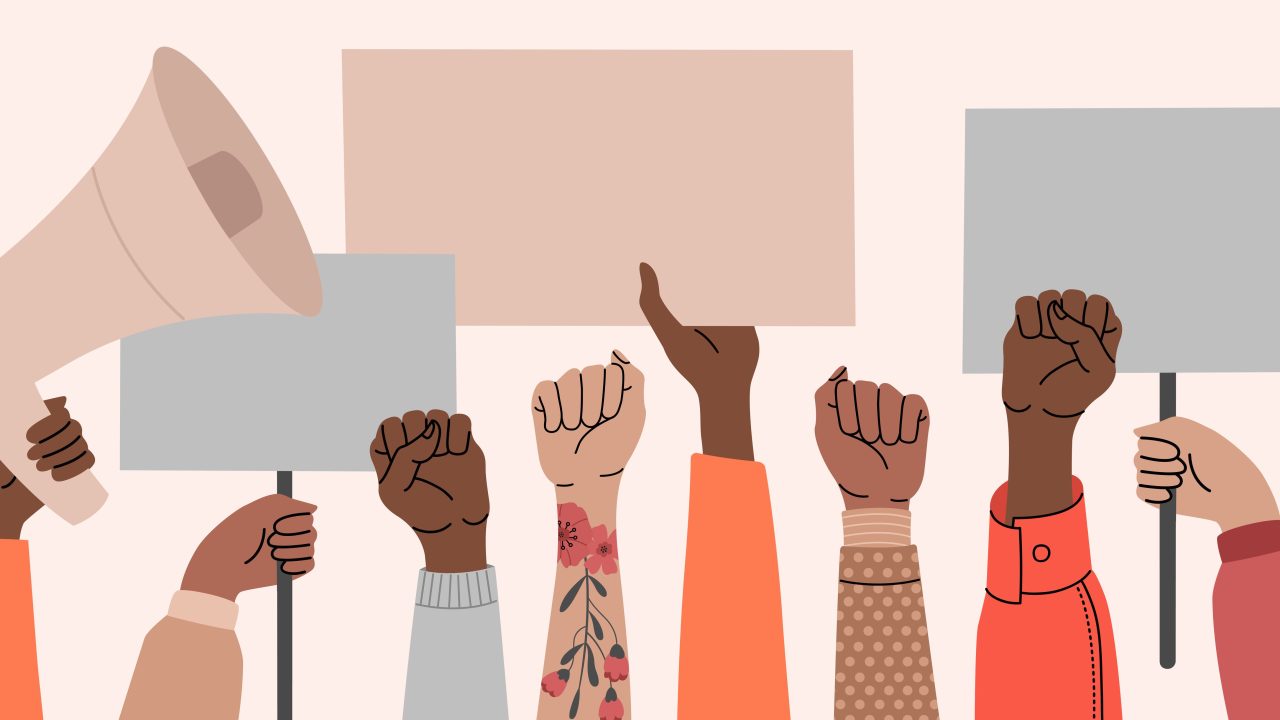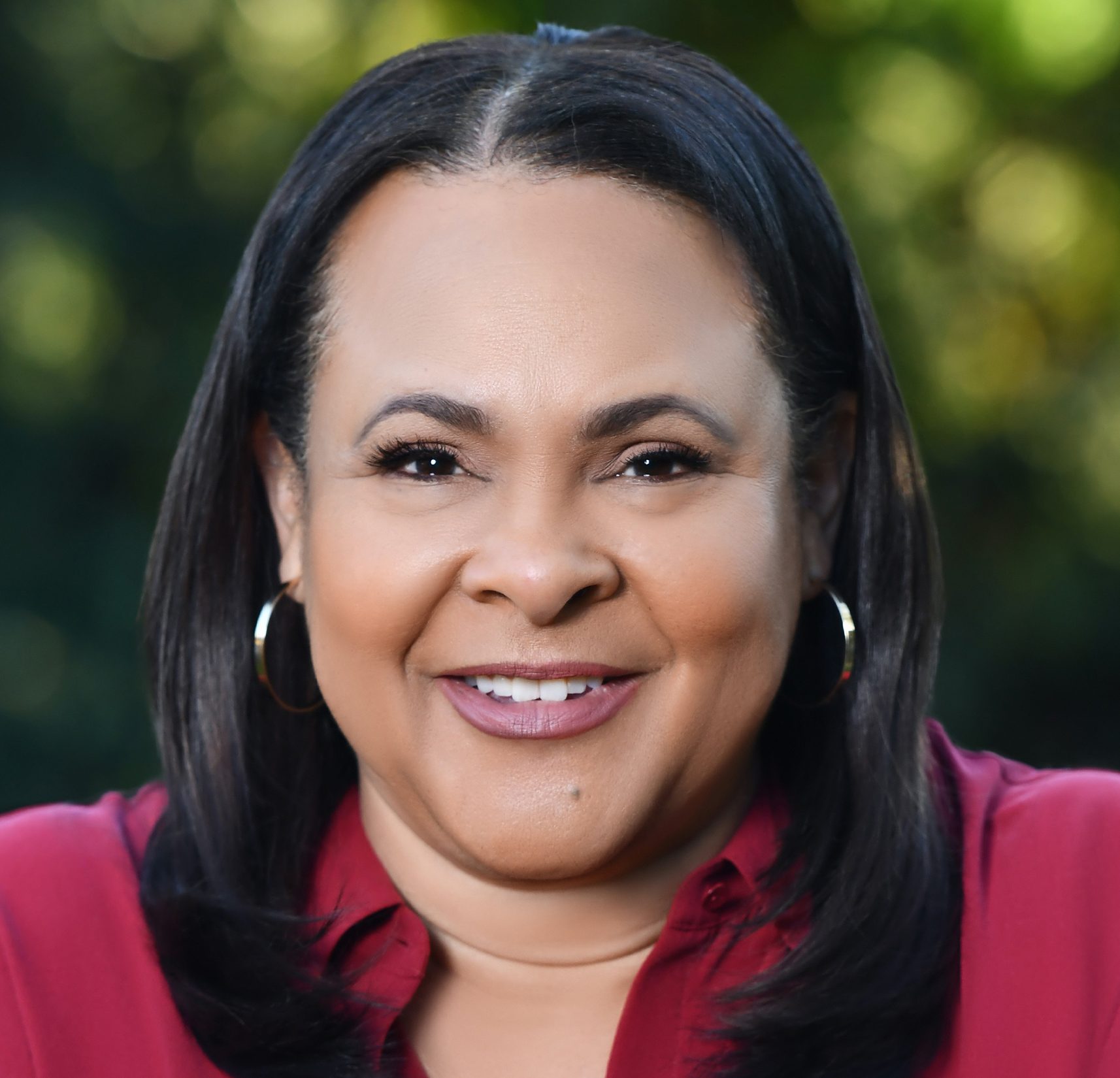
“Not everything that is faced can be changed, but nothing can be changed until it is faced.”
Museums and cultural institutions are undergoing a seismic shift, being rightly called to reassess norms and practices to address historical inequities and better reflect and serve their communities. But in navigating this transformation, organizational leaders encounter a formidable force beyond traditional stakeholders: activist employees.
Across the country and around the globe, passionate, engaged employees of museums and other cultural institutions are forming cross-departmental unions, taking their concerns to the press and social media, creating DEAI councils, launching anti-racism initiatives, and taking other forms of collective action. In this climate, museum leaders accustomed to top-down organizational models may feel perplexed, defensive, or even frightened by their employees’ passionate outspokenness and unconventional tactics, even if they agree with their goal of creating more equitable and responsive institutions. They may be caught off guard by the intensity of long-deferred discussions about internal inequities and calls for change.
Navigating this critical moment requires a different type of leadership, but it’s worth the effort. With the right approach, employee activism can be the springboard to a more engaged, vibrant, and inclusive institutional culture that will benefit internal and external stakeholders and allow the institution to embrace its mission fully. To get there, leaders and activist employees must lean into a new, collaborative paradigm marked by candor, curiosity, and empathy, but leaders must set the table. Here’s how and where to start.
A New Model for Museum Workplaces
In recent years, we’ve seen a shift in the relationship between museum employees and leadership, driven by social change, the elevation of DEAI issues, and the entry of younger generations into the workforce. (Gen Z workers, especially, have high expectations of leaders in issues of racial justice and sustainability.) But most museum leaders were trained in the traditional, top-down model of management, which focuses on projecting a strong, compelling vision to employees, trustees, and other stakeholders. They may not be fully aware of the culture of toxic positivity that can flourish under such an authoritarian leadership style, and how it can preclude necessary change from happening.
The power of an activist group lies in its numbers and its solidarity. A well-organized group with a constructive agenda can drive dramatic change in an institution when they can express their experiences and desires to a leader who is willing to listen. The trouble arises when a lack of trust or meaningful opportunities for dialogue prevents communication. For example, I’ve worked with a museum whose employee DEAI group kept its membership anonymous out of fear of retaliation. The unfortunate result was a complete inability to communicate with leadership since no one could reveal their identity. Months went by without progress or constructive engagement on the issues. To end the stalemate, I helped leadership understand the need to assure employee safety and helped employees learn to express their needs assertively and constructively.
This is not an isolated case: In even the best-intentioned organization, employees from marginalized groups may have felt pressure to remain silent for years—or decades—about their experiences with microaggressions or other forms of bias to avoid making their more powerful, predominantly white leadership feel uncomfortable. Or they may have tried to raise these issues only to find they were dismissed. Suppressing their frustration and emotions comes at a significant psychological cost for the marginalized employee. It also is a silent killer of organizational culture, with social, relational, and economic ramifications. Even before the global pandemic and Black Lives Matter movement so boldly underlined the importance of organizational culture and connectedness, research from the Society for Human Resource Management, a membership organization for human resources and business executives, found that employee turnover directly related to bad workplace culture cost US organizations a combined $223 billion in just five years.
Employee Activism: Speaking Truth to Power
Although activist employees’ concerns can often be tough to hear, good leaders welcome open dialogue and collaboration, both as an ethical mandate and a practical necessity. Museum leaders must consider their employees essential stakeholders whose trust is key to success. Rather than retreat from tough conversations, they should embrace activist employees’ passion and dedication while helping them develop the core leadership skills and competencies that will facilitate organizational change.
As they are frequently organized by employees from marginalized backgrounds, activist employee groups are more likely to be comprised of younger and more junior-level workers who may need to gain experience negotiating with members of senior leadership. One of these groups’ most significant challenges is learning to take the lead in driving change through the organizational hierarchy. In many cases, there is no shared language for issues of DEAI and no shared understanding of the experience of marginalized workers in the organization.
Leaders should remember that even the most activist groups often fear retaliation for speaking up about their experiences. The fear of speaking up is real in cultures that have not historically supported this new way of working. I have seen firsthand the powerful impacts when leaders learn to make space for collaboration and equip employee groups with the skills to drive an evolution of organizational culture. But like all enduring change, it’s not an overnight fix. In the case above where the DEAI committee could not communicate for fear or revealing their identities, we started by facilitating a series of trust-building meetings. Gradually, members of the committee began to select spokespeople to represent the group in ongoing discussions with leadership. The result was greater empathy and the beginnings of a constructive dialogue and a more inclusive culture.
Authority and Accountability
One of museum leaders’ biggest mistakes when engaging with activist groups is expecting them to do all the heavy lifting. Activist employees have an important advisory role to play, but DEAI is a change management issue, and the responsibility for shifting policies and practices remains with department heads and members of the senior leadership team.
This can be a challenge if leadership is not representative of marginalized employees and cannot understand the issues from their perspective. Still, there are ways to bridge the knowledge gap. For example, one of our clients had leaders spend time working in junior-level employees’ roles to understand their experience better. Some even worked on the front lines, requiring them to interact with the public. This action yielded essential insights, demonstrated an appreciation for all workers at the museum, and built a deeper understanding of the institution.
Whatever the method, it is the senior team’s responsibility to educate themselves on inclusive leadership or enlist the help of outside experts. Asking employees to shoulder the burden is equivalent to assigning them a second job without compensation and can quickly build mistrust. For this reason, many organizations provide stipends or some other form of acknowledgment for employees who serve on DEAI committees and initiatives in addition to their day-to-day responsibilities.
Get Comfortable Being Uncomfortable
Stunning transformation can occur when leaders and activist employees come together with a sincere intention to drive change, but the process can be messy. Leaders may grapple with fear of making mistakes in public. Previously marginalized employees, as they begin to open up, may express strong emotions and reveal truths that are uncomfortable for leaders to digest.
Change is often disruptive, and all parties must get comfortable being uncomfortable. Best practices for this work include the following:
- Consider using an outside facilitator who has credibility with all parties
- Agree on a regular cadence for ongoing meetings (at least once per month is best)
- Establish short- and long-term goals and agree on measurements of progress
- Develop and agree upon an agenda in advance
- Document agreements made in each meeting in writing as a follow-up
- Build trust by practicing active listening and speaking with candor
Initial meetings may be tense as employees find their voice and leadership works through defensiveness. In my experience, commitment to long-term work is the most essential factor.
Moving Forward by Facing the Issues
Developing an inclusive culture also means rebalancing power and privilege. The process may cause discomfort before it leads to healing. Often, people who have lived a professional life in privilege struggle with acknowledging disparities. In fact, if you are doing DEAI change management right, there will be challenging moments for all as you face issues that have been ignored.
But the benefits of an inclusive and equitable workplace and responsive institution far outweigh that temporary discomfort. Rather than resist employees’ calls to make institutions better, leaders of museums and cultural institutions should embrace the chance to step up for stakeholders, communities, and future generations by taking on this noble and vital work.








